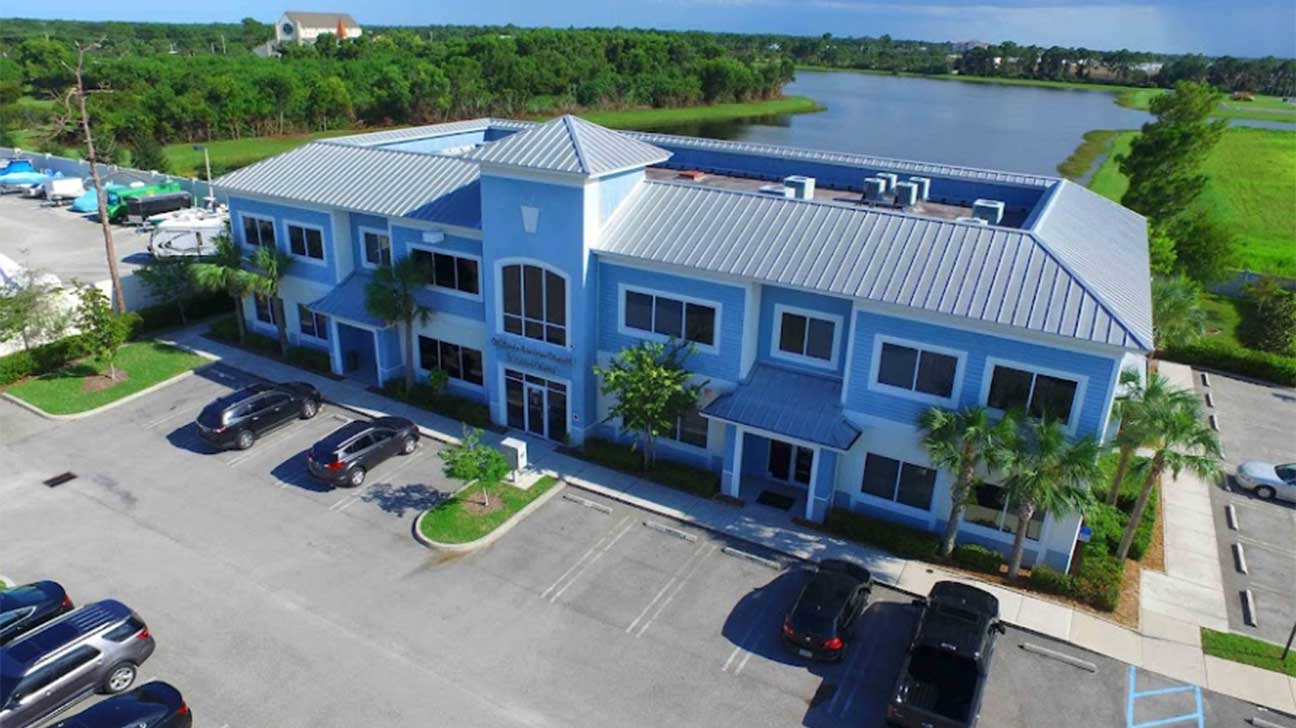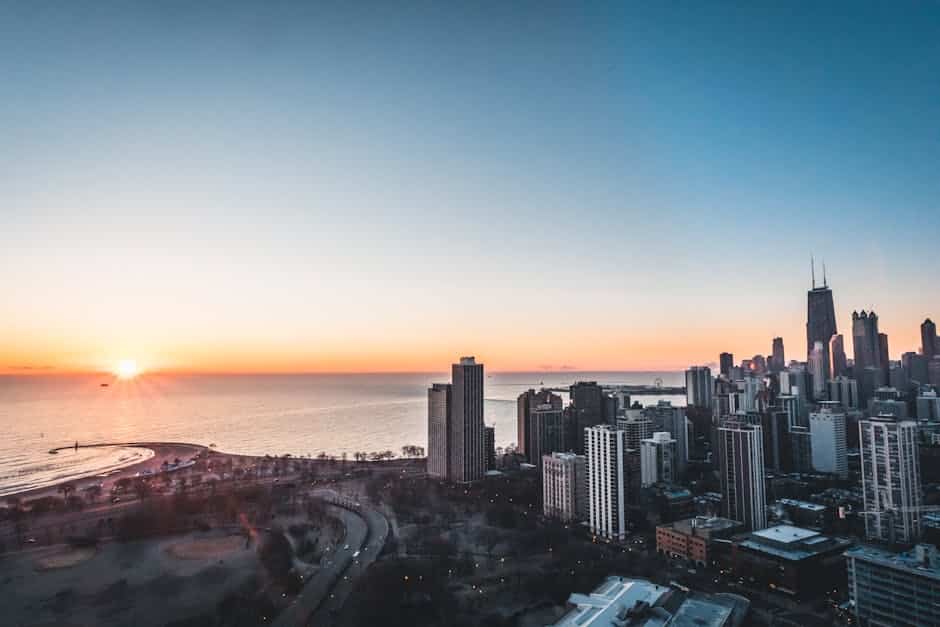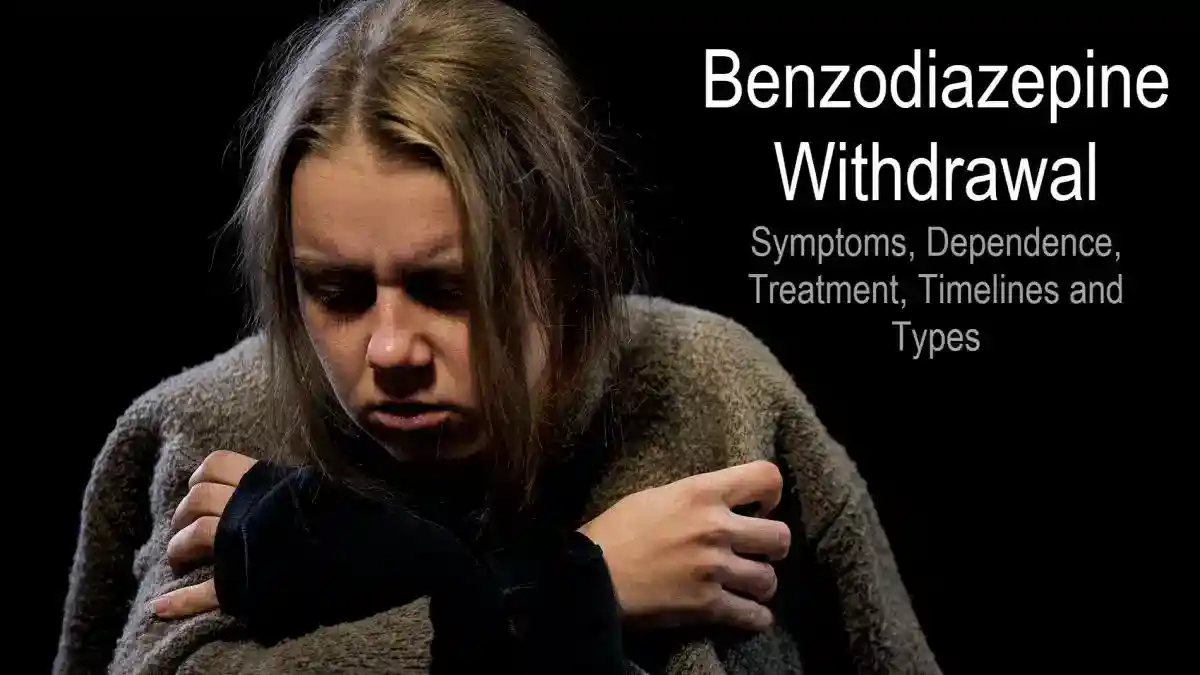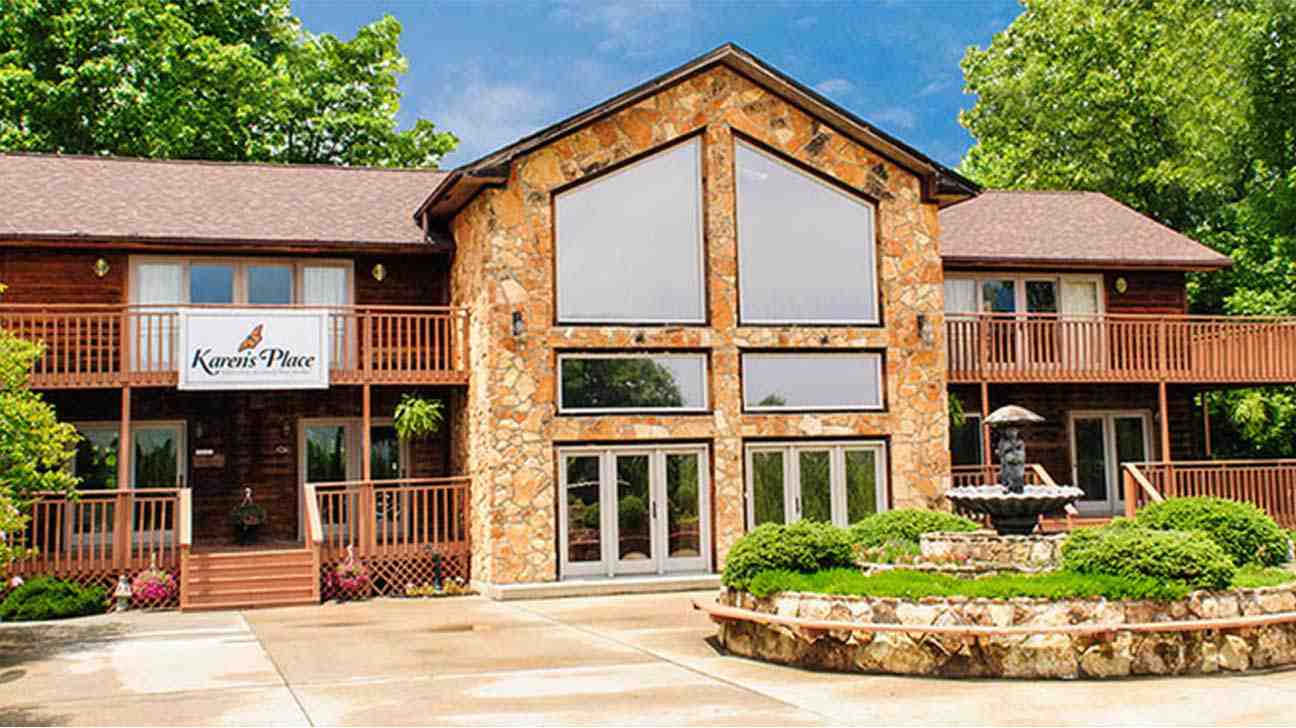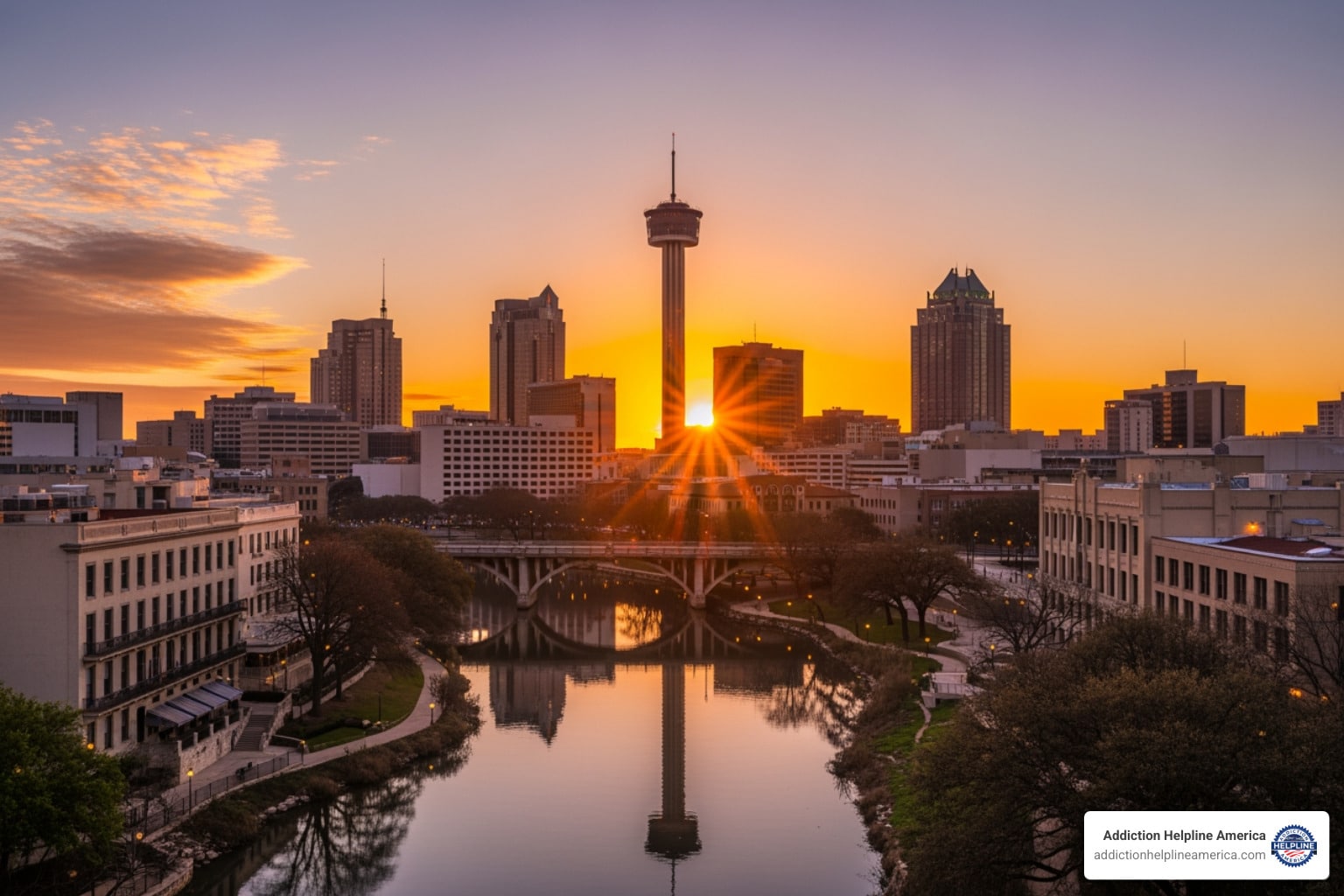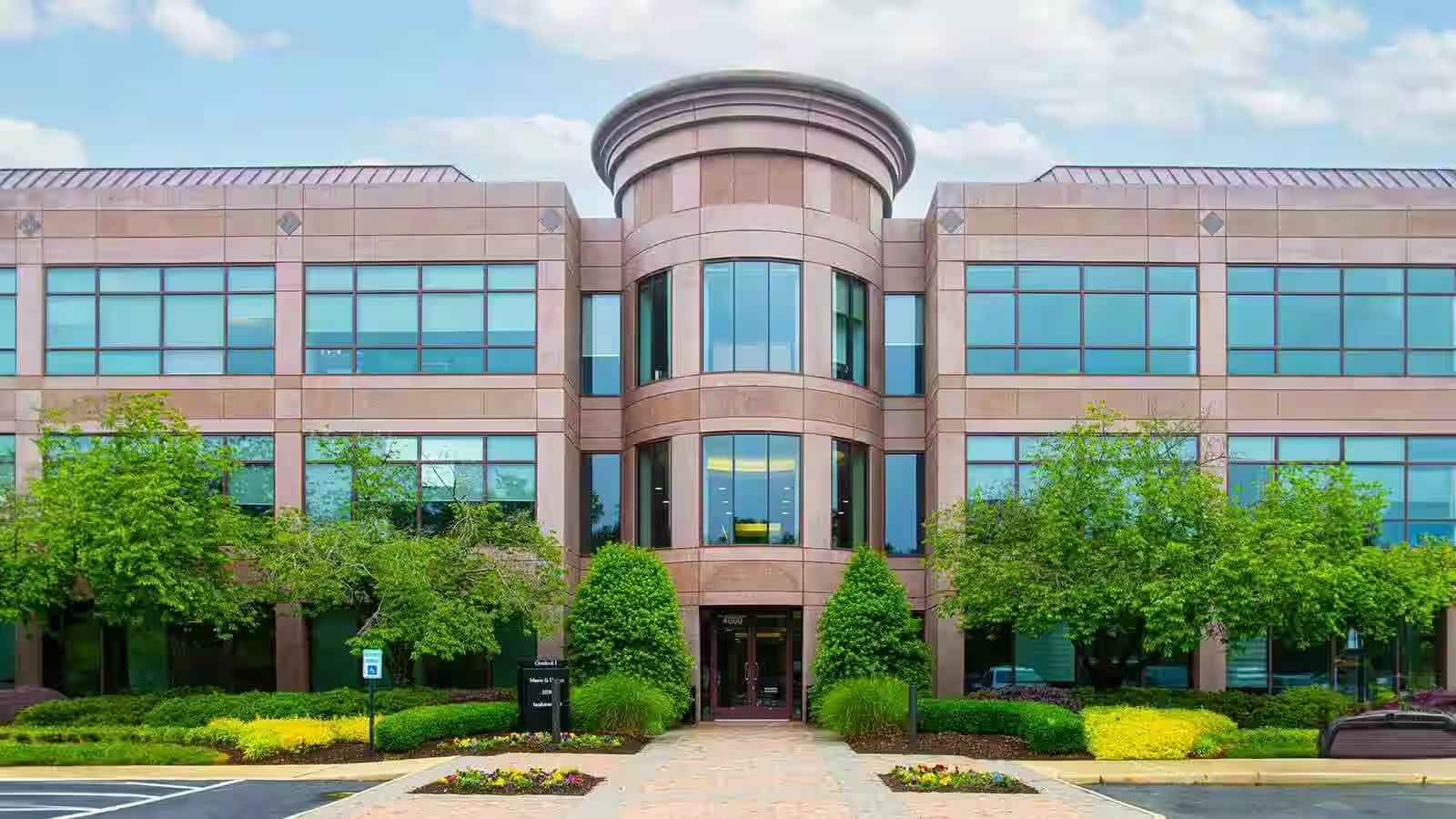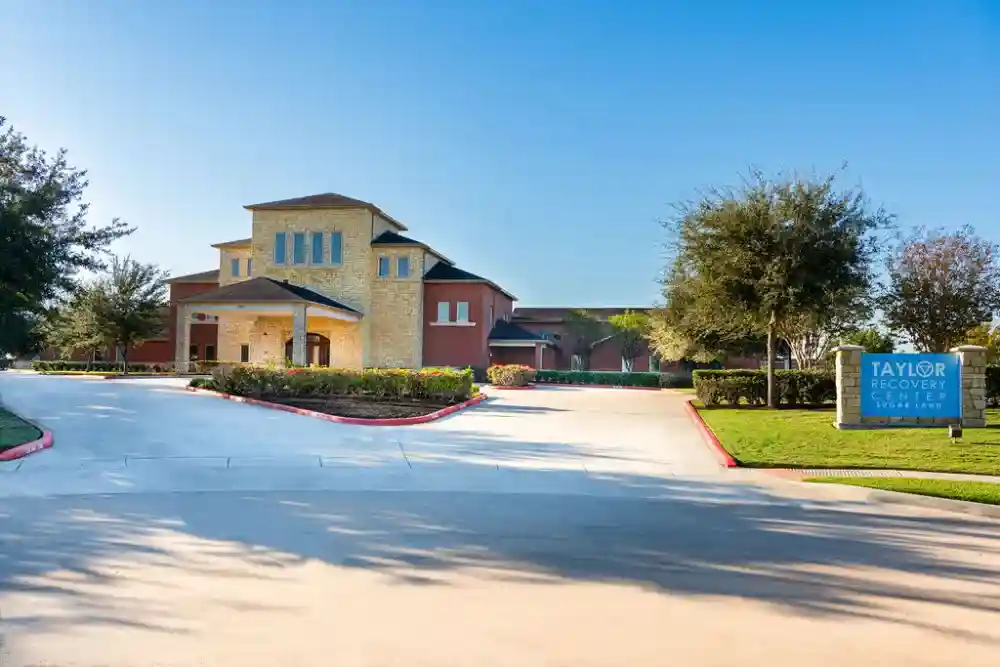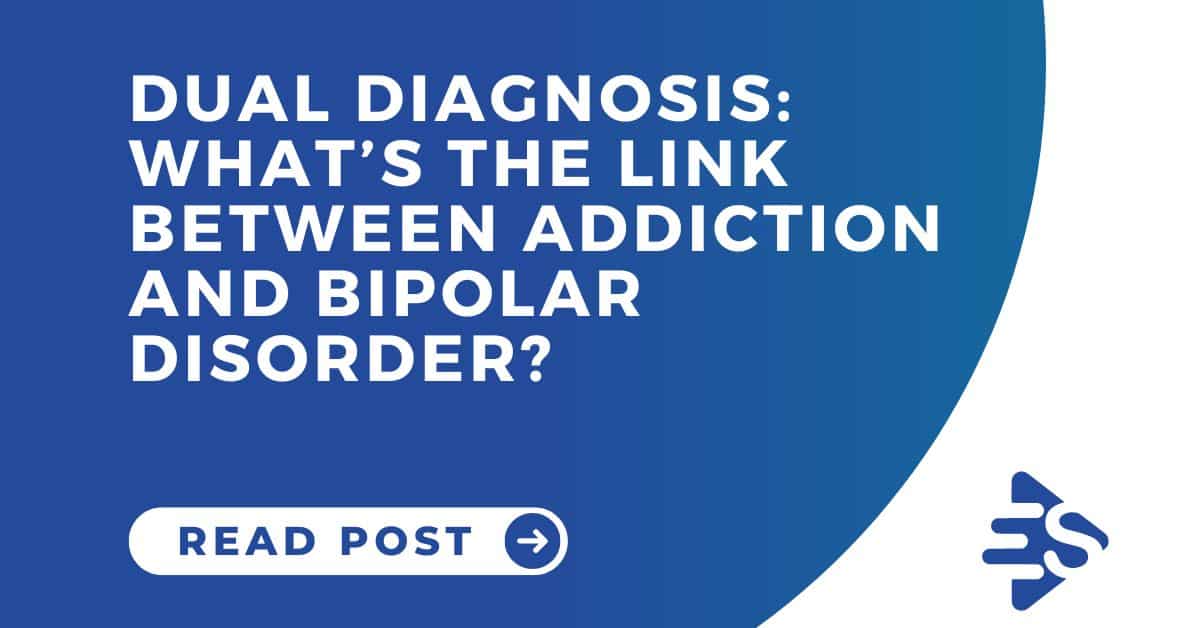
The Hidden Link Between Two Devastating Conditions
Substance abuse and bipolar disorder often co-occur, creating a challenging dual diagnosis for millions. Understanding this connection is the first step toward getting help for yourself or a loved one.
Key Facts About Substance Abuse and Bipolar Disorder:
- 40-60% of people with bipolar disorder will develop a substance use disorder in their lifetime
- Bipolar I disorder has a 58% lifetime prevalence of alcohol use disorders and 38% for drug use disorders
- Bipolar II disorder shows a 48% lifetime history of substance or alcohol use disorders
- Self-medication is reported by 41% of people with Bipolar I and 35% with Bipolar II
- People experiencing mania have 8x higher risk of substance dependence than the general population
This overlap is no coincidence. The intense mood swings of bipolar disorder often drive people to self-medicate with alcohol or drugs. However, substance use worsens bipolar symptoms, complicates treatment, and increases risks like hospitalization and suicide.
Many don’t realize they have both conditions, as substance use can mask or mimic bipolar symptoms, leading to misdiagnosis. This creates a vicious cycle where untreated bipolar disorder fuels substance use.
The good news? Integrated treatment that addresses both conditions simultaneously is highly effective. With proper diagnosis and specialized care, recovery is absolutely possible.
At Addiction Helpline America, we connect individuals with the specialized dual diagnosis treatment they need. This guide will help you understand how these conditions interact and what effective treatment looks like.
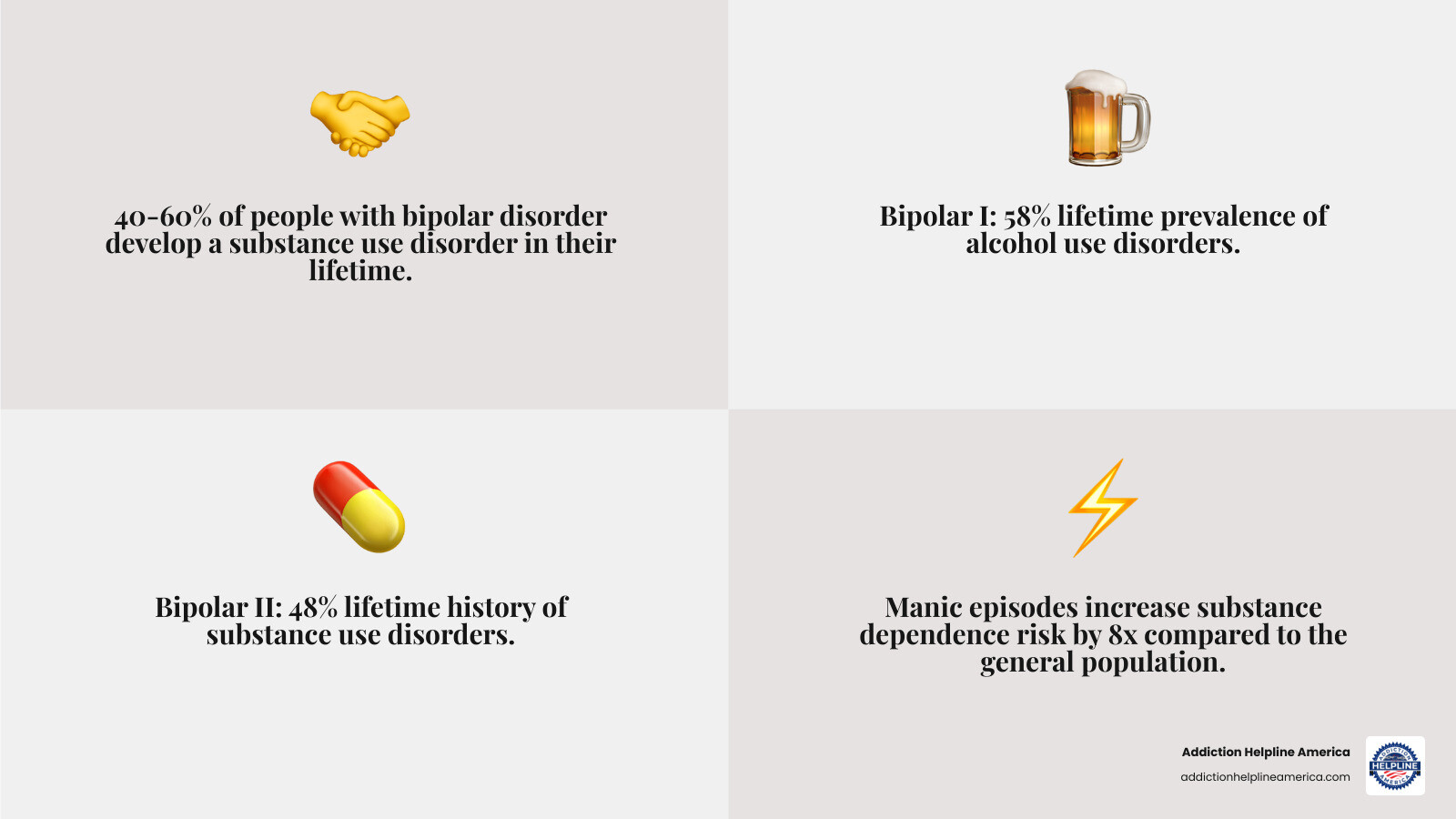
Substance abuse and bipolar disorder terms at a glance:
The Intricate Connection: Why Bipolar Disorder and SUD Overlap
The link between substance abuse and bipolar disorder is undeniable. People with bipolar disorder have a much higher risk of developing a substance use disorder (SUD), driven by attempts to manage symptoms, shared genetic vulnerabilities, and the way substances alter brain chemistry.
The statistics are sobering. Approximately 60% of people with bipolar disorder have a history of substance abuse. For those with bipolar I disorder, 58% will experience alcohol use disorders and 38% will struggle with drug use disorders. Bipolar II disorder is similar, with 48% developing a substance abuse issue.
These numbers represent millions caught in a painful cycle where each condition worsens the other. This high rate of comorbidity points to a bidirectional relationship—bipolar disorder increases vulnerability to substance abuse, while substance use can trigger or worsen bipolar symptoms. To understand just how significant this connection is, scientific research on comorbidity rates continues to explore these patterns.
The Role of Self-Medication
One of the primary drivers is the self-medication hypothesis. The emotional rollercoaster of bipolar disorder, from the frenzied energy of mania to the crushing weight of depression, leads many to seek relief through substances.
During depressive episodes, people may use alcohol or sedatives to numb emotional pain or escape hopelessness. The irony is that alcohol, a depressant, ultimately worsens depressive symptoms over time.
During manic or hypomanic episodes, some use substances to prolong the euphoria, while others use sedatives to calm their racing minds. Stimulants like cocaine can intensify the high but also push symptoms to dangerous extremes.
This pattern is reinforced by temporary relief, creating a destructive cycle. Studies show that 41% of people with Bipolar I and 35% with Bipolar II report self-medicating. This complicates diagnosis and makes professional help seem less urgent.
Genetic and Biological Factors
Beyond self-medication, the connection runs deep into genetics and brain biology. Research indicates a shared genetic vulnerability; a family history of bipolar disorder increases the risk for both mood and substance use disorders.
Brain chemistry tells a similar story. Both conditions involve the brain’s reward pathways and mood regulation centers, which rely on neurotransmitters like dopamine, serotonin, and noradrenaline.
Substances hijack the brain’s reward system by flooding it with dopamine. This is particularly relevant because the dopamine system is already dysregulated in bipolar disorder. This biological overlap means a brain predisposed to bipolar disorder may be more responsive to the rewarding effects of substances, increasing addiction risk. For a deeper dive, research on genetic links offers fascinating insights.
Understanding these factors explains why this combination is so common and why treating both conditions together is crucial.
Understanding the Moods: How Bipolar Episodes Drive Substance Use
The mood swings in bipolar disorder are not just “good days” and “bad days.” They are radical, prolonged shifts in mood, energy, and behavior. These episodes directly influence why someone might turn to alcohol or drugs, as the brain desperately tries to regulate itself when caught in the storm of bipolar disorder.

Mania, Hypomania, and Increased Risk-Taking
Manic episodes, the hallmark of Bipolar I disorder, involve an abnormally liftd or irritable mood and increased energy. Lasting at least a week or requiring hospitalization, mania drastically impairs judgment.
During mania, a person might have lifted energy and a reduced need for sleep. The most dangerous aspect is the surge in impulsivity and poor judgment. Inhibitions fall away, leading to risky behaviors like experimenting with new drugs or drinking excessively. Statistics confirm this: individuals in a manic state have an eight times higher risk of substance dependence than the general population.
Mania also brings increased sociability and grandiosity, which can lead people into environments where substance use is common.
Hypomania, the key feature of Bipolar II disorder, is a less severe form of mania. While it doesn’t require hospitalization, it still involves liftd mood, energy, and risk-taking. The risk of substance abuse issues among those with hypomania is nearly four times higher than in the general population.
Here’s how the two types of bipolar disorder compare:
| Feature | Bipolar I Disorder | Bipolar II Disorder |
|---|---|---|
| Manic Episodes | At least one manic episode (lasting ≥ 7 days or requiring hospitalization) | No full manic episodes; at least one hypomanic episode |
| Depressive Episodes | Often experience major depressive episodes | At least one major depressive episode (lasting ≥ 2 weeks) |
| Severity | More severe mood swings, often with significant impairment | Less severe manic symptoms (hypomania), but often severe depression |
| Psychosis | May involve psychotic features during manic episodes | Does not involve psychotic features |
| Impact on Function | Significant disruption in social/occupational functioning | Often significant impairment from depressive episodes |
Depression, Anxiety, and the Urge to Escape
While mania drives substance use through recklessness, the depressive side of bipolar disorder fuels it through desperation. This is especially true for Bipolar II disorder, where depressive episodes are often long and debilitating.
Bipolar depression is a profound state of hopelessness and crushing low energy. In this state, substances can seem like the only escape. Anxiety symptoms often accompany bipolar depression, creating a torturous combination of exhaustion and agitation. Alcohol or other depressants may offer a brief, numbing respite from this internal chaos.
However, using substances to numb pain is a dangerous illusion. Alcohol, a depressant, disrupts sleep and ultimately deepens depressive episodes. This is where the connection between substance abuse and bipolar disorder becomes a vicious cycle: the substances used for coping make the symptoms worse, which in turn drives more substance use.
The Vicious Cycle: Risks of Co-Occurring Substance Abuse and Bipolar Disorder
When substance abuse and bipolar disorder co-exist, they create a dangerous feedback loop. Each condition worsens the other, leading to significantly poorer outcomes. People with this dual diagnosis face more frequent mood episodes, increased hospitalizations, and a dramatically higher risk of suicide. Research clearly shows a correlation between a comorbid substance use disorder and a higher likelihood of suicidal thoughts and attempts.
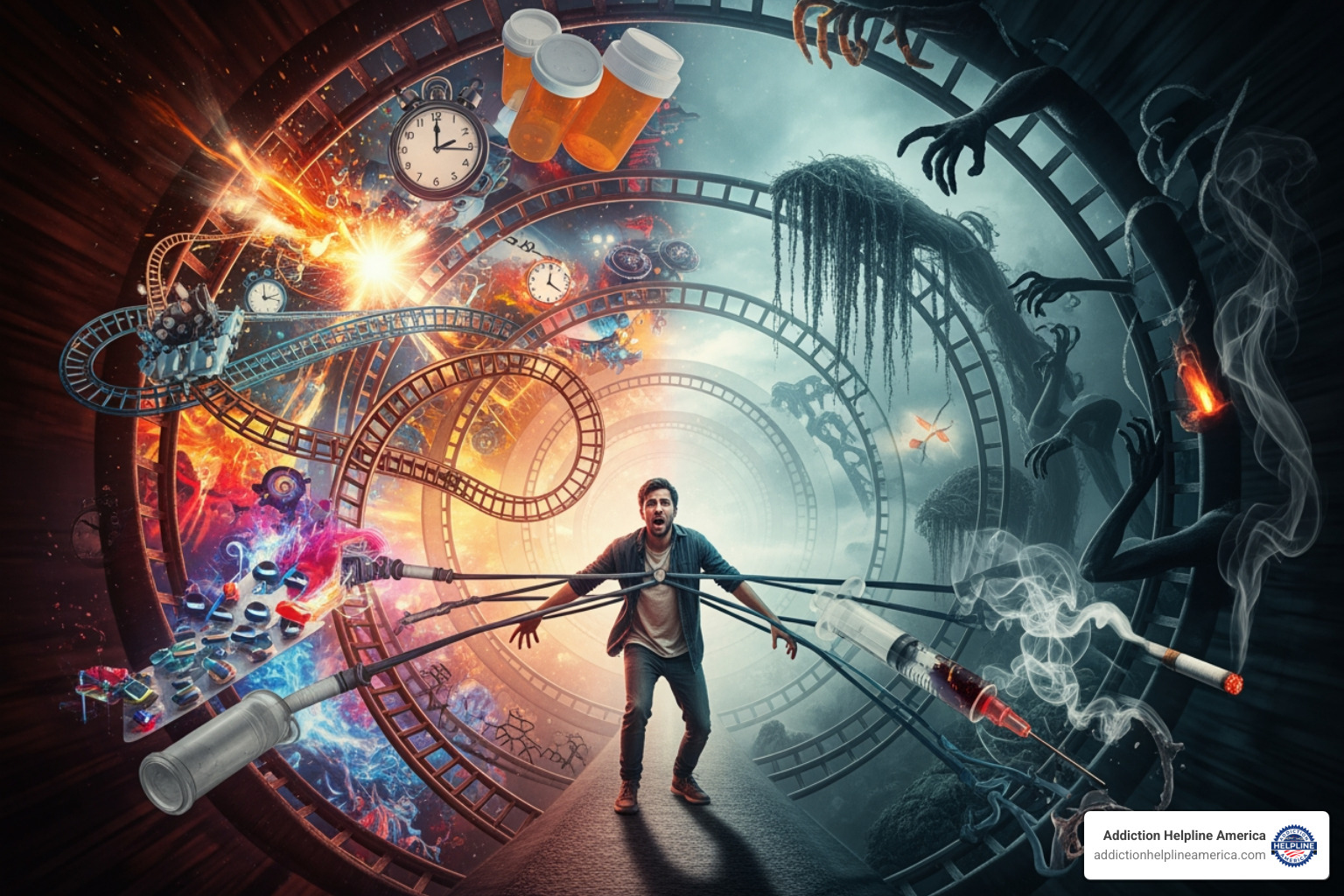
Diagnostic confusion can also set back recovery. Because the effects of drugs or alcohol can mimic bipolar episodes, getting an accurate diagnosis is challenging. Misdiagnosis can lead to ineffective treatment and continued suffering.
How Substances Worsen Bipolar Symptoms
Substances don’t just fail to help—they actively sabotage recovery by making bipolar symptoms worse.
- Triggering mood episodes: Stimulants like cocaine can spark mania, while alcohol often precipitates depressive episodes.
- Causing rapid cycling: Substance use is strongly linked to rapid cycling (four or more mood episodes in a year), which makes bipolar disorder much harder to manage.
- Interfering with medication: Alcohol and drugs can make mood stabilizers less effective or cause dangerous interactions, undermining treatment.
- Intensifying symptoms: With substance use, manic episodes become more impulsive and risky, while depressive episodes become deeper and more hopeless.
Alcohol worsens depression and can trigger mixed episodes. Cannabis, often seen as harmless, can trigger mania and psychosis. Cocaine and other stimulants can induce or worsen mania. Opioids deepen depressive states and have withdrawal symptoms that mimic mood disturbances.
Challenges in Diagnosing Co-Occurring Substance Abuse and Bipolar Disorder
Diagnosing both substance abuse and bipolar disorder is difficult, even for experienced professionals, because of symptom overlap. Stimulant intoxication can look identical to a manic episode, while alcohol withdrawal can be indistinguishable from bipolar depression. How do you tell the difference between intoxication and mania, or withdrawal from depression?
For this reason, a period of abstinence is often recommended before making a final diagnosis, allowing the underlying mood patterns to become clearer. However, achieving abstinence is extremely difficult for someone with a dual diagnosis.
A thorough clinical interview covering personal and family history is essential to avoid misdiagnosis. For example, treating someone for substance-induced depression with antidepressants alone could trigger a manic episode if they have undiagnosed bipolar disorder.
This complexity is why specialized dual diagnosis treatment is so crucial. At Addiction Helpline America, we connect people to centers equipped to properly assess and treat both conditions simultaneously.
A Unified Path to Recovery: Treating Dual Diagnosis Effectively
Treating co-occurring substance abuse and bipolar disorder requires a specialized approach known as dual diagnosis care. Addressing one condition while ignoring the other is ineffective because they are so interconnected. The gold standard is an integrated model where both are treated simultaneously by a coordinated team.
This holistic approach recognizes that the conditions are intertwined and that lasting recovery requires a unified strategy. It ensures that you are not bounced between separate providers who may not be in communication.

Integrated Treatment Approaches
An integrated care team includes a psychiatrist for medication management, a therapist for developing coping strategies, and addiction specialists. They work together to create a personalized plan. This approach is strongly recommended by the Substance Abuse and Mental Health Services Administration (SAMHSA) because it focuses on the whole person. You can read more about SAMHSA recommendations for integrated care.
At Addiction Helpline America, we specialize in connecting people to this kind of integrated dual diagnosis care. We provide free, confidential guidance to help you find a program that addresses every aspect of your well-being, from detox to aftercare. You can find more info about dual diagnosis treatment on our site.
Medications and Therapeutic Strategies
Treatment for co-occurring substance abuse and bipolar disorder combines medication with therapy. Your plan will be customized to your specific symptoms and history.
Mood stabilizers like lithium and valproate are foundational for managing the extreme highs and lows. Some, like valproate, may also help reduce alcohol use. Atypical antipsychotics can manage manic symptoms while also reducing cravings for substances like cocaine.
For the SUD, medications like naltrexone (for alcohol) or buprenorphine (for opioids) can address cravings and withdrawal, but they must be carefully chosen to avoid negative interactions. Newer options like citicoline and gabapentin are also being explored for cocaine and cannabis use disorders, respectively.
Therapy provides the tools for daily management. Cognitive Behavioral Therapy (CBT) helps you change thought patterns that fuel both conditions. Motivational Interviewing helps you build and sustain your commitment to recovery. Psychoeducation empowers you by teaching you about your conditions and treatment.
Support groups offer invaluable peer connection. Organizations like the Depression and Bipolar Support Alliance (DBSA), National Alliance on Mental Illness (NAMI), and Dual Recovery Anonymous provide shared experiences and practical wisdom from others on the same path.
Frequently Asked Questions about Bipolar Disorder and SUD
What are the most common substances abused by people with bipolar disorder?
Alcohol is the most common substance, with a staggering 58% of people with Bipolar I developing an alcohol use disorder. It’s accessible and provides initial relief but ultimately worsens symptoms.
Cannabis is also frequently used, often to quiet anxiety or racing thoughts. However, it can trigger manic episodes and worsen long-term outcomes.
Cocaine and other stimulants are often misused during manic episodes to improve the high, or during depressive episodes to boost energy. Opioids are used to numb the profound emotional pain that can accompany bipolar episodes.
Finally, the nonmedical use of prescription medications like benzodiazepines or stimulants is a significant issue, as people may misuse them to gain more control over their symptoms.
Can substance use cause bipolar disorder?
Substance use does not typically cause bipolar disorder on its own, but it is a major risk factor. For those with a genetic predisposition, substance use can unmask the condition, triggering the first mood episode earlier than it might have otherwise appeared. A meta-analysis found that substance misuse was associated with a three times increased risk of developing bipolar disorder. You can explore more details in this research on substance use as a risk factor.
Cannabis use, in particular, is strongly linked to an earlier onset of bipolar disorder, especially manic symptoms.
Chronic substance use can also cause a “substance-induced mood disorder,” where symptoms of intoxication or withdrawal mimic bipolar disorder. This complicates diagnosis and, over time, the repeated chemical disruption may contribute to the development of the disorder itself.
How does substance use affect the long-term outcome of bipolar disorder?
The presence of a co-occurring substance use disorder significantly worsens the long-term prognosis of bipolar disorder in nearly every way.
Individuals with a dual diagnosis often have poorer treatment outcomes, as they are less likely to adhere to medication and therapy. Substances can also interfere with medication effectiveness.
This instability leads to more frequent and longer hospital stays. The chaos introduced by substance use makes an already volatile condition much harder to manage.
Most critically, the risk of suicide attempts increases dramatically. Studies consistently show higher rates of suicidal thoughts and behaviors in individuals with this dual diagnosis.
Overall quality of life declines, with greater impairment in relationships, employment, and finances. Legal problems and serious physical health consequences, such as infectious diseases, also increase.
While the outlook is serious, integrated treatment that addresses both conditions can dramatically improve these outcomes. Recovery is possible with the right specialized help.
Find Hope and Healing from Dual Diagnosis
Living with substance abuse and bipolar disorder is challenging, but you are not alone, and recovery is absolutely possible. The relationship between these conditions is complex, but it is well understood by mental health professionals who specialize in dual diagnosis treatment.
Effective management starts with integrated care that addresses both conditions simultaneously. When you work with a coordinated care team, real, lasting change can happen.
At Addiction Helpline America, we are dedicated to helping individuals with dual diagnoses find the right help. We know the process can feel overwhelming, which is why we provide free, confidential, and personalized guidance. We can connect you with specialized treatment centers across all 50 states and the District of Columbia.
Our network includes facilities that specialize in integrated treatment, where psychiatrists, therapists, and addiction specialists work together to provide a unified solution for these intertwined challenges.
Don’t wait for things to get worse. Early intervention saves lives. With the right support, you can interrupt the cycle today.
If you or someone you love is struggling with substance abuse and bipolar disorder, we’re here to help you take that crucial first step. Recovery is about reclaiming your life, your relationships, and your future.
Get personalized guidance to find a treatment center
Your journey to stability, sobriety, and hope starts with a single conversation. Let us help you find your path forward.
Our helpline is 100%
free & confidential
If you or someone you care about is struggling with drug or alcohol addiction, we can help you explore your recovery options. Don’t face this challenge alone—seek support from us.
Programs
Resources
Will my insurance
cover addiction
treatment?
We're ready to help
Find the best
drug or alcohol treatment
center
Are you or a loved one struggling with addiction? Call today to speak to a treatment expert.


